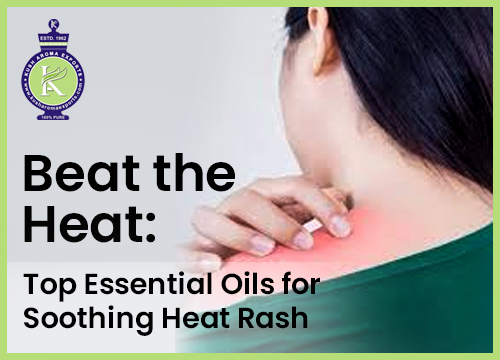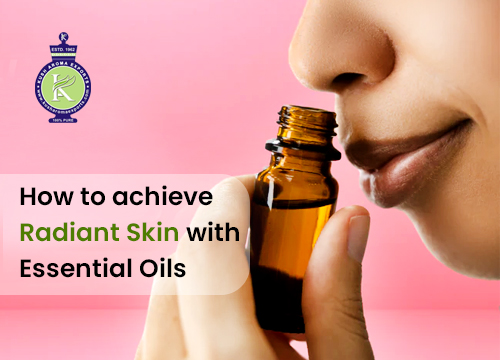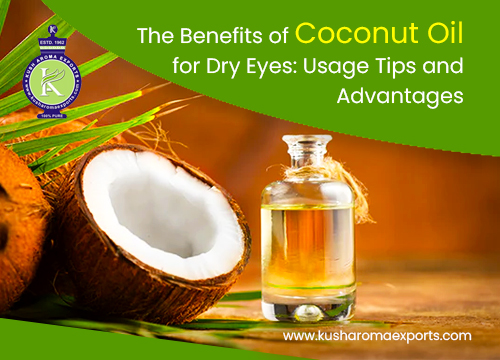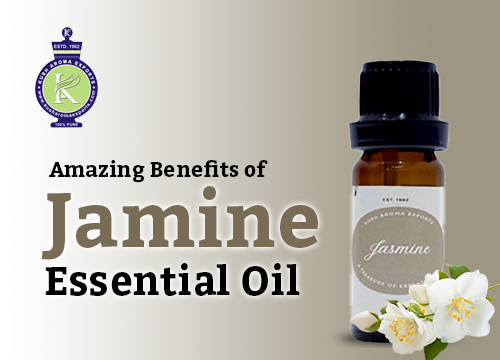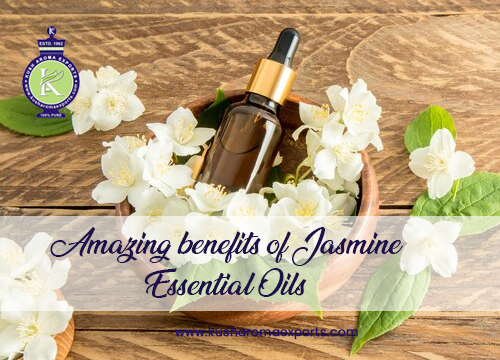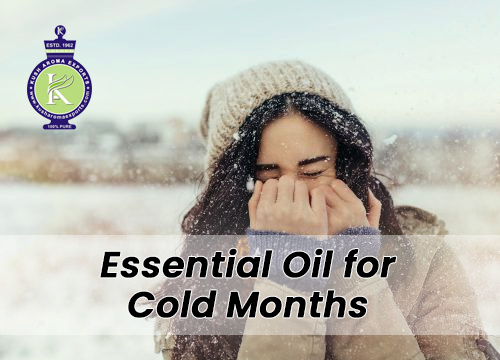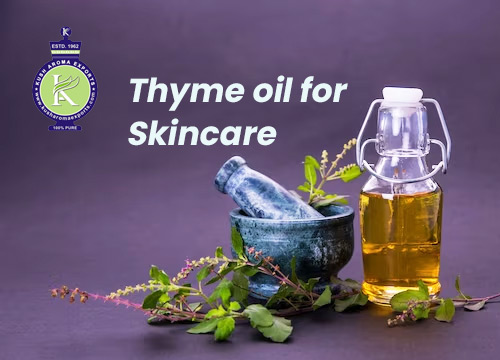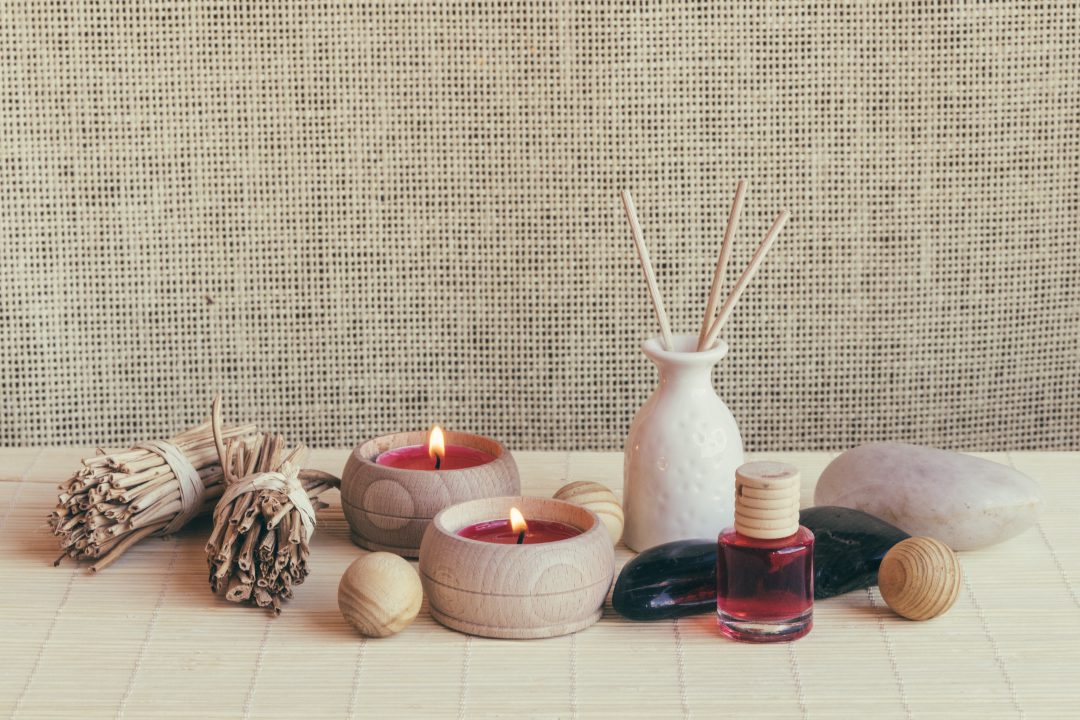Summer’s scorching heat brings sunshine, vacations, and unfortunately, heat rash. This itchy, uncomfortable condition appears as tiny red bumps on sweaty, blocked skin. While not life-threatening, it can certainly put a damper on your summer fun.
Luckily, nature offers some relief in the form of essential oils. These concentrated plant extracts boast various therapeutic properties, making them a popular choice for natural remedies. However, it’s important to remember that essential oils are potent and require proper dilution before topical application. This blog dives into the world of essential oils for heat rash, exploring the top contenders and how to use them safely and effectively.
Understanding Heat Rash
Heat rash, also known as prickly heat or miliaria, occurs when sweat gets trapped beneath the skin. This blockage happens when sweat ducts become swollen or clogged, usually due to hot and humid weather. Tight clothing or activities that cause excessive sweating can also contribute to heat rash.
Symptoms include:
- Tiny red or white bumps
- Itchiness and irritation
- Prickling sensation
- Affected areas may feel hot to the touch
Essential Oils: Nature’s Cooling Touch
Essential oils offer a natural approach to soothe the discomfort of heat rash. Here are some of the most recommended oils and their potential benefits:
Lavender Oil: This versatile oil is known for its calming and anti-inflammatory properties. Lavender oil can help reduce redness, itching, and irritation associated with heat rash.
Peppermint Oil: The cooling sensation of peppermint oil comes from menthol, a natural component. This cooling effect can provide temporary relief from the burning discomfort of heat rash.
Tea Tree Oil: This oil possesses antibacterial and anti-inflammatory properties that may help prevent infection and promote healing of the rash.
Chamomile Oil: Similar to lavender oil, chamomile oil offers calming and anti-inflammatory properties. It can soothe irritated skin and promote healing.
Geranium Oil: This oil may help regulate sebum (oil) production on the skin, potentially preventing clogged pores and further irritation. Additionally, geranium oil’s anti-inflammatory properties can be beneficial for heat rash.
Important Considerations Before Use
While essential oils offer a natural solution, it’s crucial to remember these key points before using them for heat rash:
Dilution is Essential: Essential oils are highly concentrated and can irritate the skin if applied undiluted. Always dilute them with a carrier oil, such as jojoba oil, almond oil, or coconut oil, before topical application. A safe dilution ratio is usually 2-3 drops of essential oil per teaspoon of carrier oil.
Patch Test First: Even diluted essential oils can cause allergic reactions in some individuals. Before applying the diluted oil to the affected area, conduct a patch test on a small area of your inner forearm. Apply a small amount of the diluted oil and wait for 24 hours. If no redness or irritation occurs, it’s generally safe to use on the heat rash.
Not for Sensitive Skin or Children: Essential oils are not recommended for use on very young children, pregnant or breastfeeding women, or individuals with highly sensitive skin.
Applying Essential Oils for Relief
Once you’ve diluted the essential oil of your choice and conducted a patch test, here’s how to apply it for heat rash relief:
- Cleanse the affected area with gentle, fragrance-free soap and pat it dry with a clean towel.
- Dip a cotton ball or washcloth into the diluted essential oil blend.
- Gently dab the cotton ball or washcloth onto the heat rash, avoiding contact with eyes and mucous membranes.
- You can repeat this process 2-3 times a day for relief.
Additional Soothing Tips
Here are some additional tips to complement your essential oil treatment and promote faster healing of heat rash:
- Stay Cool: Wear loose, breathable clothing made from natural fibers like cotton. Avoid tight clothing that traps heat and sweat.
- Cool Baths or Compresses: Take cool baths or apply cool compresses to the affected area for temporary relief from itching and burning.
- Hydrate: Drink plenty of fluids to stay hydrated and promote sweating through the unblocked pores.
- Avoid Triggers: Identify and avoid activities or environments that cause excessive sweating and worsen your heat rash.
Conclusion
Essential oils can be a helpful addition to your heat rash relief strategy. However, it’s important to remember that they are not a cure-all. If your heat rash is severe, persistent, or accompanied by fever or blistering, it’s crucial to consult a healthcare professional for diagnosis and proper treatment.
By using essential oils safely and effectively, along with these additional tips, you can find natural relief from heat rash and enjoy the summer sun with less discomfort.

